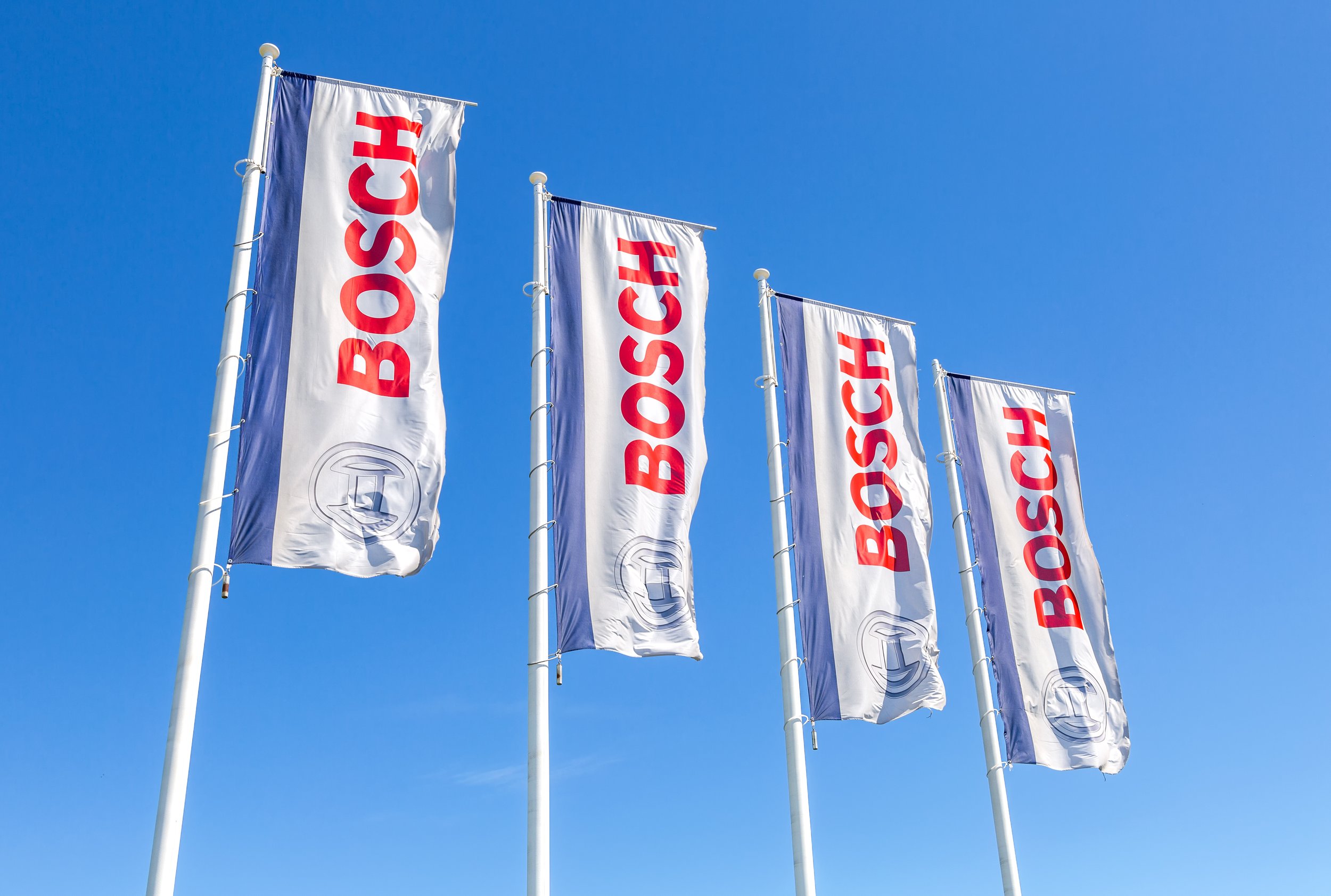Bosch: Shaping the Digital Future of Business
Today, many companies are turning to business process management (BPM) techniques to visualize, analyze and optimize their business processes. However, the Bosch Group not only uses these tools for such purposes, but is taking things a step further by building digital twins of complex, interconnected business processes.
The ultimate goal is to build a digital model of the business that business process owners can use to simulate processes, forecast value contribution and implement automations effectively.
Reasons for building digital business process twins
The mission of the Process Organization is to orchestrate operational excellence initiatives across all Bosch divisions. They collaborate closely with business units, service areas and corporate teams to standardize, harmonize and automate processes across the organization, generating additional efficiencies and improving business results.
Before implementing potentially costly and disruptive changes, Bosch Group seeks to simulate new processes and automations. Building a digital model of the business, including input/output data and the complete chain of IT systems, will enable them to virtually visualize and validate process improvements virtually before implementing them in the real world.
Challenges encountered so far
The biggest challenge facing Bosch Group so far is the lack of a general taxonomy and modeling convention to connect inputs with outputs across multiple business units and departments. In other words, business process modeling is done in different languages.
The diversity in the use of methodologies such as TOGAF ADM to model processes stands out, making strategic and technological alignment difficult. The variety of terms and approaches used by different teams complicates communication and shared understanding.
To overcome these barriers, Bosch is working on connecting disciplines around a common language, such as the Unified Modeling Language, to facilitate conversations about business process modeling and general interaction.
Progress in the construction of the digital business model
Bosch is currently in the phase of interviewing business owners to better understand what processes need to be harmonized to reduce costs, improve customer value, gain better access to market and increase speed to market, among other objectives.
The next step is to gain leadership buy-in by quantifying the value of this effort. As they move forward, they will continue to understand their processes, identify critical success factors and optimization strategies, and actively re-imagine the processes to build the case for change.
Bosch has already succeeded in streamlining processes, such as invoice-to-payment, with improvements of 20%. This success makes a positive case for securing top management support and funding for the BPM lifecycle, bringing them closer to the ultimate goal of building the complete digital process model.
Exploring new opportunities and improvements
Looking to the future, Bosch Group is exploring digitization approaches such as no-code or low-code programming. This approach involves creating application software based on visual BPM suites and business process models, which quickly simulate and evaluate results in terms of speed, efficiency and performance.
In addition, they plan to make the visualizations more customer-friendly and expand them to process participants. The goal is to offer detailed three-dimensional models and user documentation instead of technical diagrams or BPM diagrams, to provide a more complete and accessible understanding of processes.
Ultimately, the Bosch Group is committed to leading the way in building digital business process models, demonstrating how abstract business insights can lead to significant improvements in efficiency, costs and customer satisfaction. With each success, they consolidate their position as a pioneer in the successful application of AI and RPA technologies in the business world.





